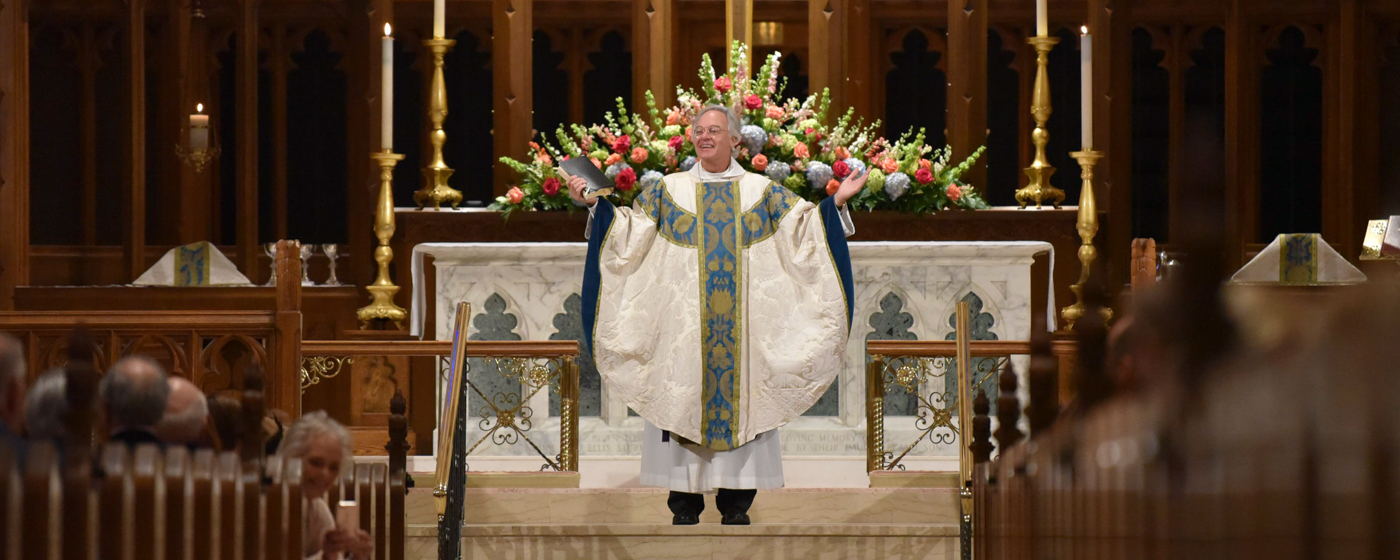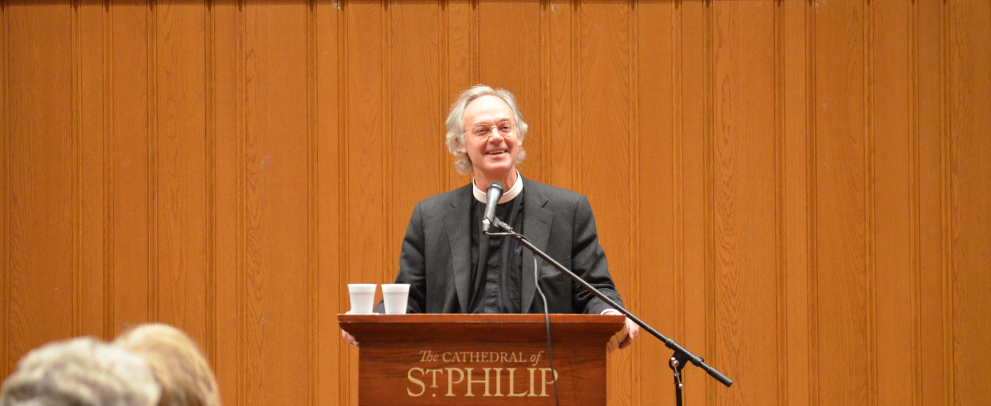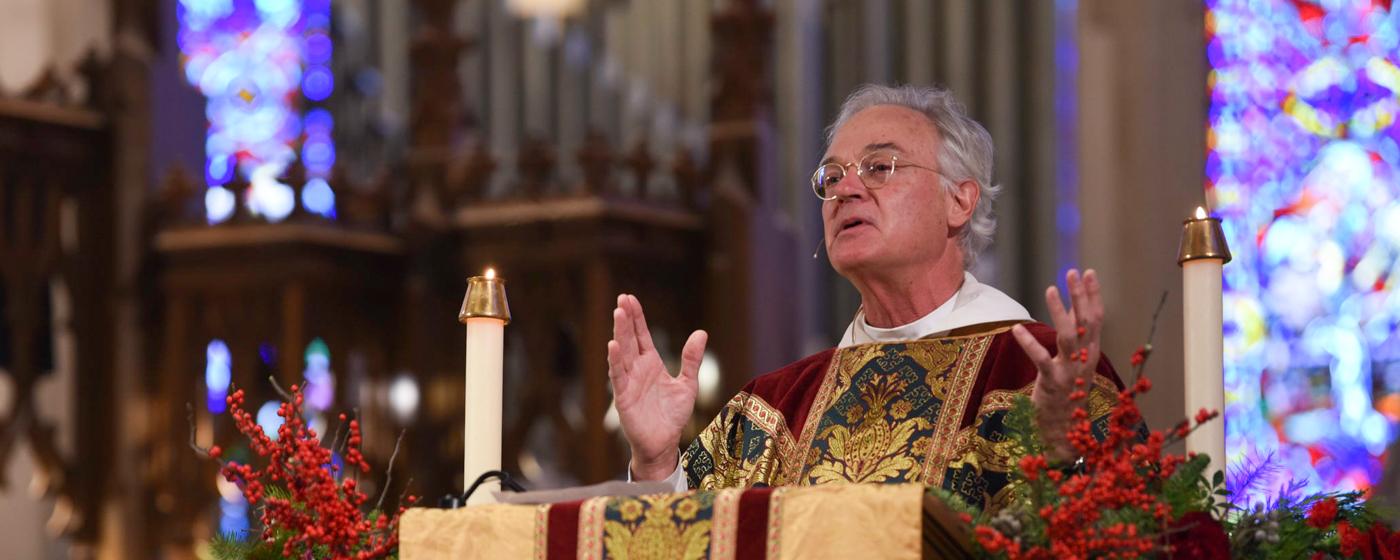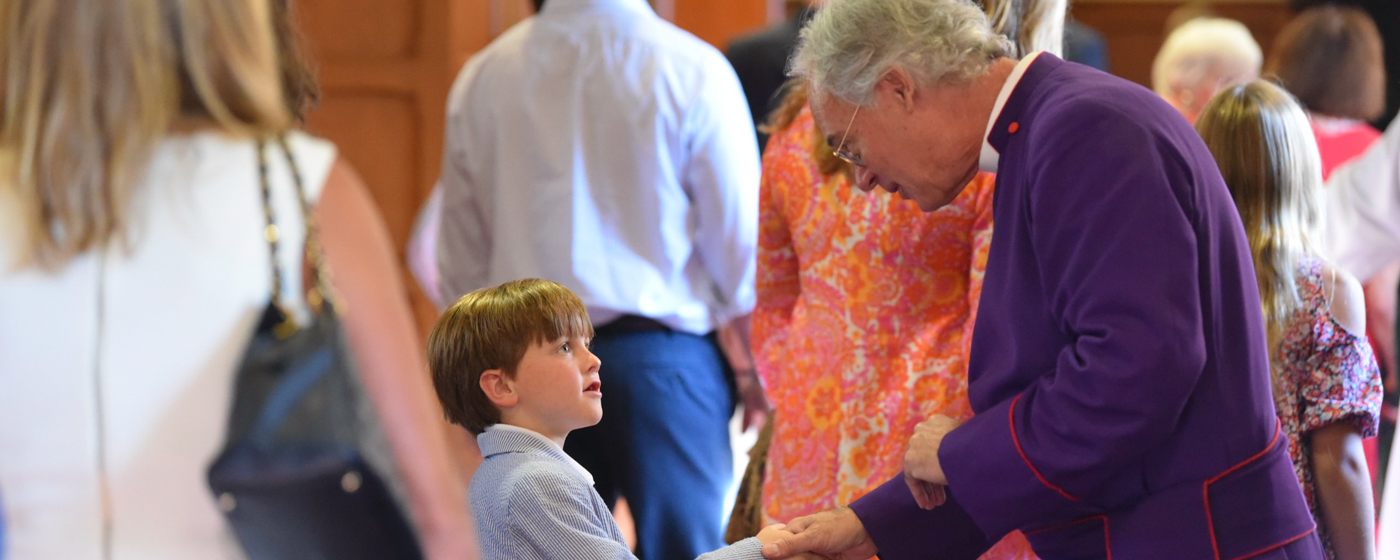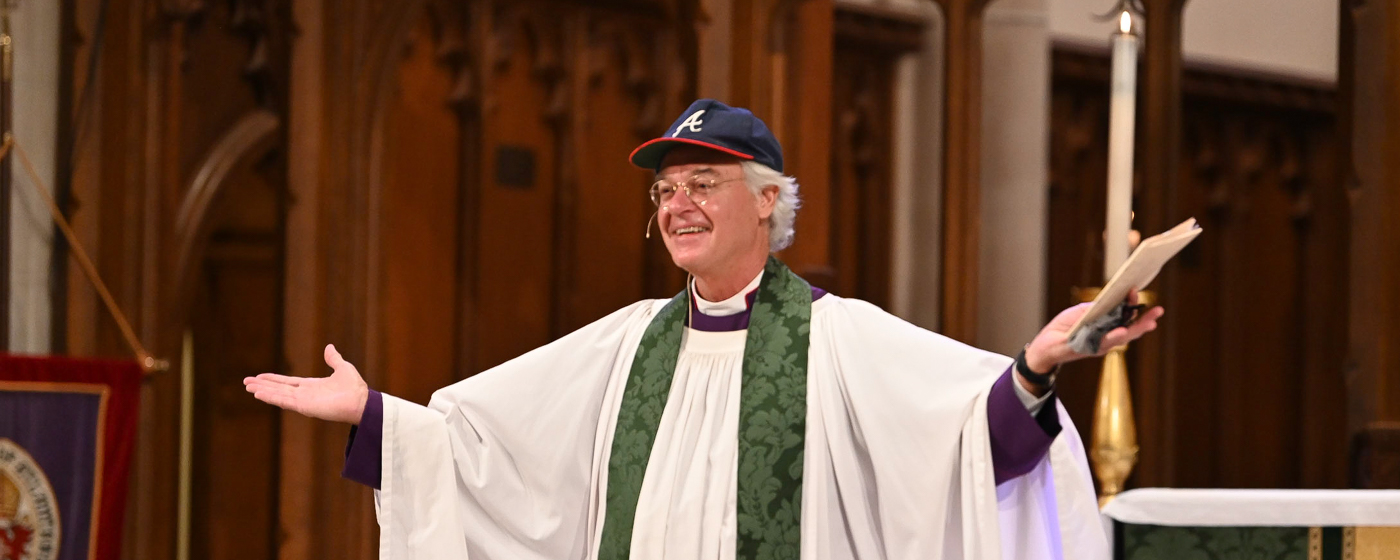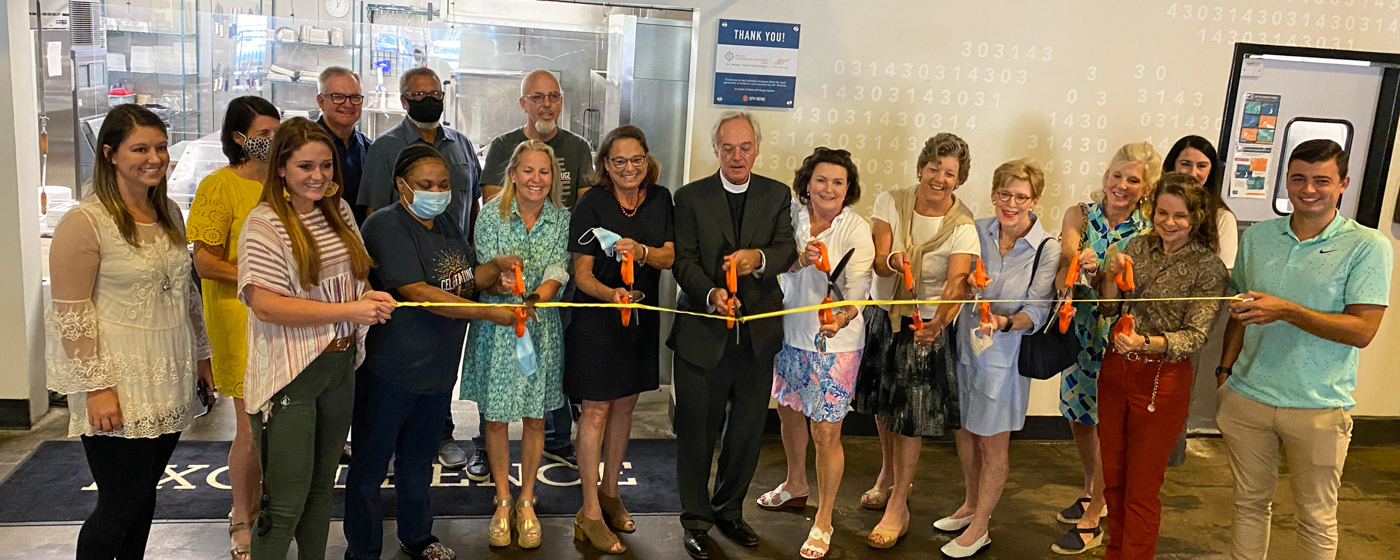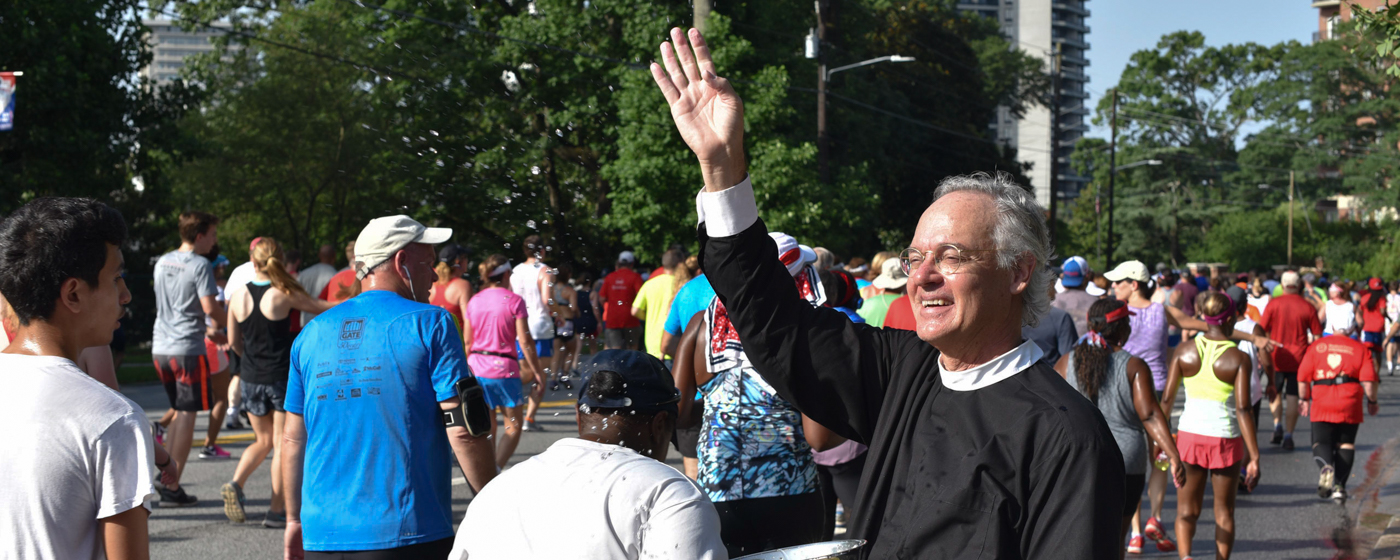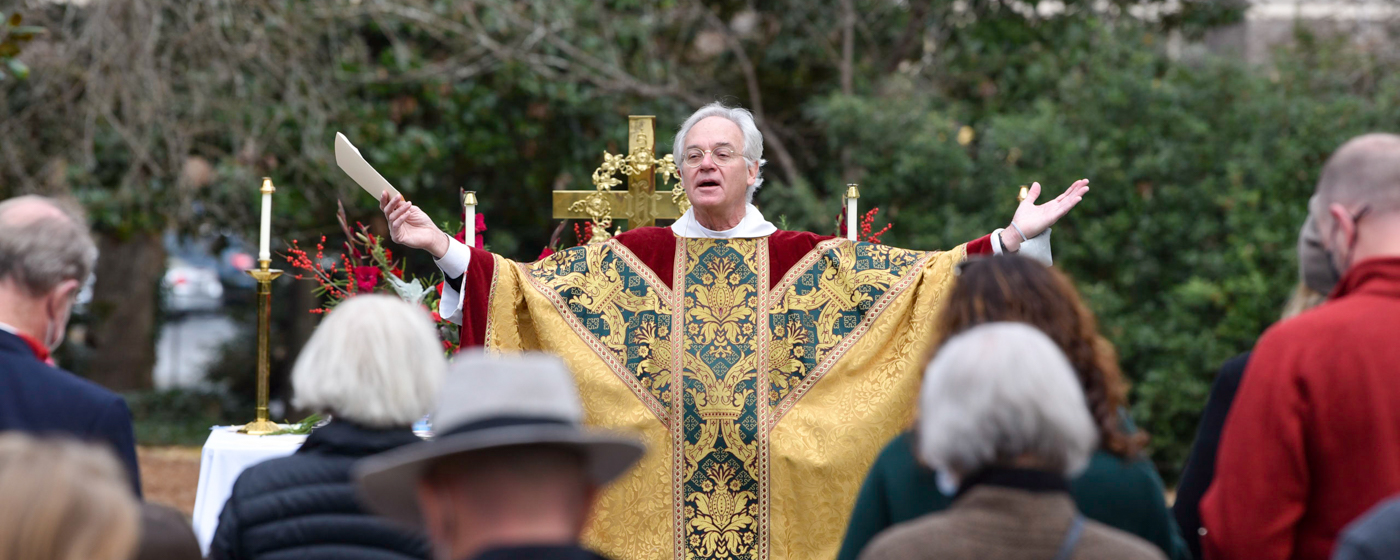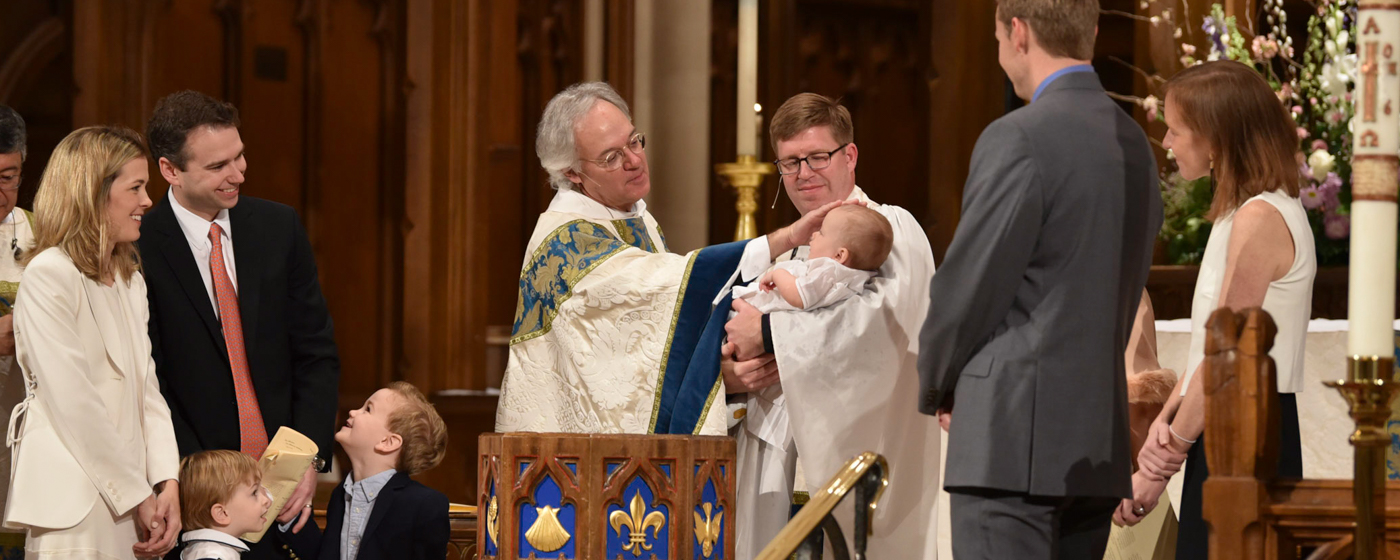From the Dean
The Very Reverend Samuel G. Candler
John Muir: In God’s Wildness is the Hope of the World
An article for The Cathedral Times
by the Very Rev. Sam Candler, Dean of the Cathedral
April 28, 2024
Some communities within The Episcopal Church observe April 22 as the “Feast Day” of John Muir. The day is so noted in one of the recent Episcopal collections, A Great Cloud of Witnesses, which is a compendium of possibilities, days of optional commemoration in the Church. I, too, am one of those persons who has enjoyed John Muir; this past week, I took time to remember his spirit.
John Muir (1838-1914) might seem, to some, as no fan of the institutional church; he would often say the same! He grew up in a rather strict and observant Church of Scotland atmosphere, and his family became members of the Campbellite Restoration Church when they immigrated to Wisconsin in 1849. It is said that John Muir had memorized the entire New Testament, and most of the Old Testament, by the time he was eleven years old.
But it is as a naturalist that most of the world remembers Muir. Indeed, says one of his biographers (Steven Holmes), Muir has become "one of the patron saints of twentieth-century American environmental activity." Abandoning much of the institutional church, he craved the outdoors; but—to my mind—he found the Holy in the wild realities of nature.
From A Great Cloud of Witnesses, we read that he wrote, "I never tried to abandon creeds or code of civilization; they went away of their own accord... without leaving any consciousness of loss." And: "We all flow from one fountain—Soul. All are expressions of one love. God does not appear, and flow out, only from narrow chinks and round bored wells here and there in favored races and places, but He flows in grand undivided currents, shoreless and boundless over creeds and forms and all kinds of civilizations and peoples and beasts, saturating all and fountainizing all."
In 1867, he took a 1,000 mile walk, from Indiana to Florida, described in his book A Thousand-Mile Walk to the Gulf. John Muir traveled through Georgia on that trip, crossing the Chattahoochee River. (I think of my own father, a naturalist, who canoed me down the Chattahoochee, and who played a small part in helping Governor Jimmy Carter and the State of Georgia preserve parts of that river.)
Later, of course, Muir would travel to California, where he was astounded by Yosemite Valley and helped to create structures for its preservation. (He also was one of the first to refute the theory that earthquakes had created Yosemite Valley; it was glaciers, he noted, and he was later proved correct).
Muir writes with an almost mystical ecstasy about the presence of God in the natural world: "Every particle of rock or water or air has God by its side leading it the way it should go; The clearest way into the Universe is through a forest wilderness; In God's wildness is the hope of the world."
And: “this glorious valley might well be called a church, for every lover of the great Creator who comes within the broad overwhelming influences of the place fails not to worship as they never did before. The glory of the Lord is upon all God’s works; it is written plainly upon all the fields of every clime, and upon every sky.”
Finally, a few more Muir quotations: “Few are altogether deaf to the preaching of pine trees.”
And: “In our best times everything turns into religion, all the world seems a church and the mountains altars.” And: “No synonym for God is so perfect as Beauty. Whether as seen carving the lines of the mountains with glaciers, or gathering matter into stars, or planning the movements of water, or gardening – still all is Beauty!”
I am glad Muir discovered the Holy in the outdoors. Nature was a kind of grand and beautiful religion for him. Indeed, I share his mystical fascination with the glory of God in creation. His religion, however, need not contradict the glory and beauty we find in healthy Christianity, or any healthy institutional religion. I am glad to be nourished by cathedrals made from human hands, and by cathedrals made from nature’s hands. We are all part of the creativity of God; and is a wondrous, holy, experience to be part of the creativity of God!

The Very Reverend Samuel G. Candler
Dean of the Cathedral of St. Philip

